The Orion’s Quest Program
OQ is an internet based, education program for upper elementary, middle and high school students. OQ employs current NASA research to reach and inspire “the next generation of explorers.”
OQ is an internet based, education program for upper elementary, middle and high school students. OQ employs current NASA research to reach and inspire “the next generation of explorers.”
Our program has been designed by teachers who understand student needs, curriculum requirements, and the many demands placed on teachers today.
The OQ programs consist of hands-on missions designed to stimulate student interest in the STEM disciplines. The curriculum template covers each experiment, or “mission”, from pre-flight preparation to post-flight activities, including student and program evaluation.
OQ’s programs are designed to be flexible, exploiting the Internet in support of existing classroom curricula. Our program can be offered as supplemental modules incorporated into the regular science classroom curriculum, used as a club/after school activity, or assigned as an independent study assignment.
Orions Quest helps bring together today’s youth with scientists from world leading aerospace organizations. Throughout the “mission” students and teachers are encouraged to submit questions for NASA scientists, engineers and technicians via the OQ staff.
Each year Orion’s Quest adds new “live” or near real time missions to our offerings. While these current missions usually take place during a single semester all of the virtual missions (previously conducted in space) are available online throughout the school year. All material and equipment, either unique to the mission or not available in the classroom, is supplied by Orion’s Quest.
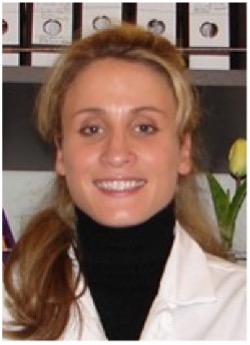
This new mission is based on the research of Dr. Sonja Schrepfer who is studying aging of the human immune system and the body’s ability to repair itself including things like wound healing.
Aging is hard to study on Earth, but using the microgravity environment of space onboard the International Space Station gives scientists a new way to study induced aging of the immune cells to find clues about how to prevent aging here on Earth.
 Dr. Siva Vanapalli
Dr. Siva VanapalliThis new Orion’s Quest mission supports the work of Dr. Siva Vanapalli at Texas Tech University. Dr. Vanapalli’s research, being conducted onboard the International Space Station, uses the microgravity environment of space and the tiny round worm Caenorhabditis elegans to better understand muscle weakening that astronauts can experience during long duration space flights as well as search for new treatments for serious muscle disorders on Earth.
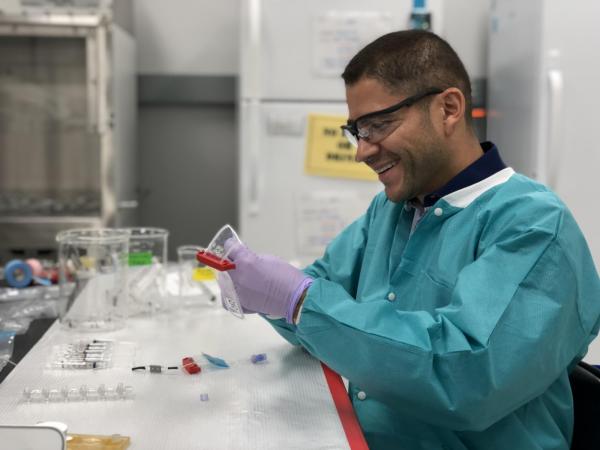 Dr. Luis Zea
Dr. Luis ZeaThis new mission is based on the research of Dr. Luis Zea who is studying the formation and growth of groups of bacteria or fungi called biofilm. Biofilms are a problem in hospitals on Earth and in spacecraft and Dr. Zea hopes to learn what ‘makes them tick’ using the microgravity environment of space.
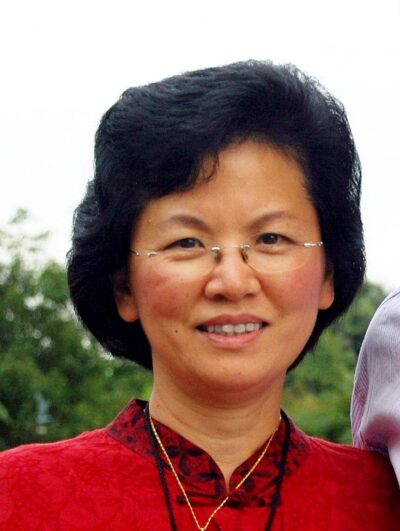 Dr. Shou-Ching Jaminet
Dr. Shou-Ching JaminetThis new mission is based on the cancer drug research of Dr. Shou-Ching Jaminet. The investigation studies whether cells grown in microgravity can serve as a model for cells in the human body on Earth and can be used to test the effectiveness and safety of a new cancer fighting drug.
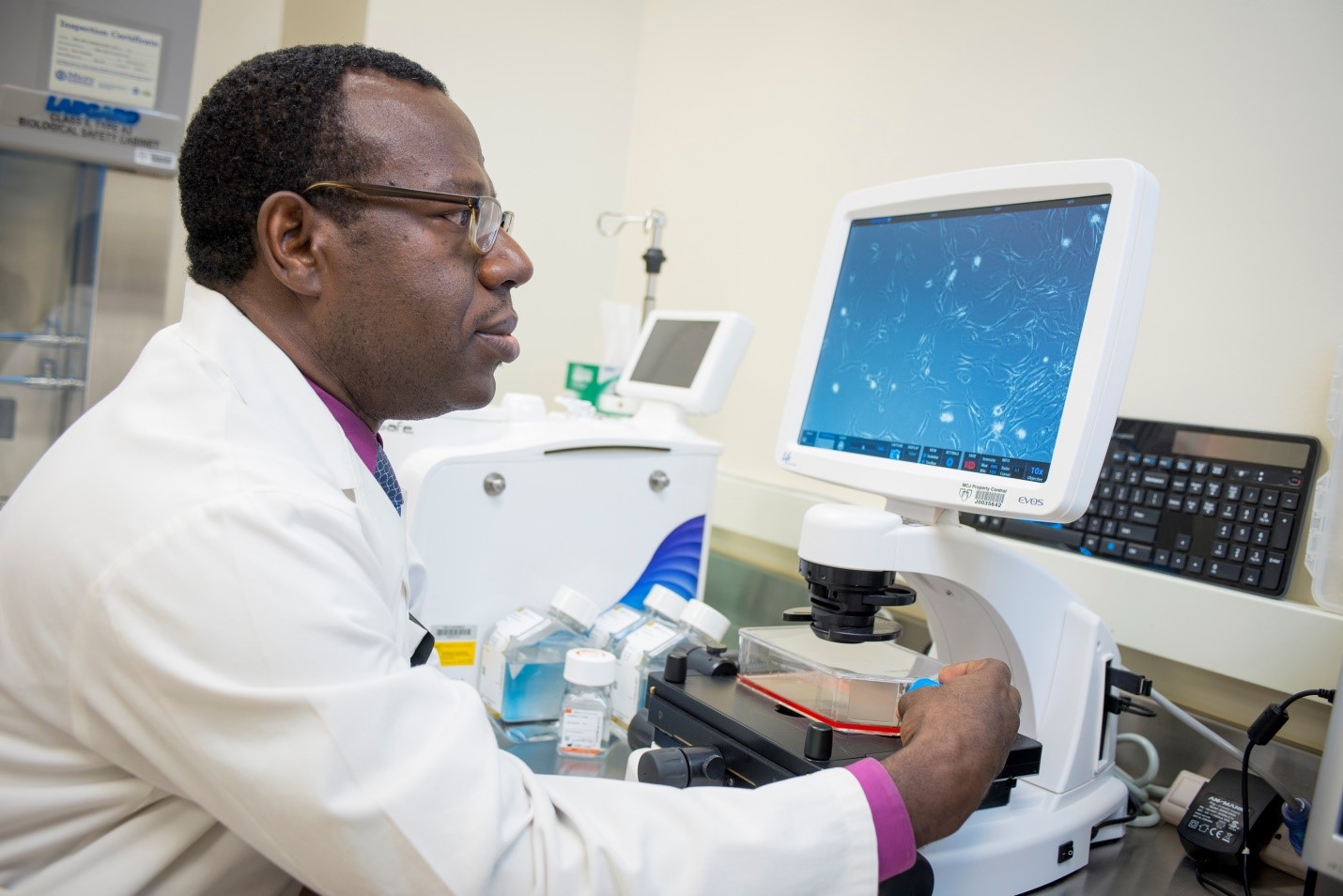 Dr. Abba Zubair
Dr. Abba ZubairThis new mission is based on the stem cell research of Dr. Abba Zubair. The investigation studies whether stem cells will grow faster in microgravity and be of sufficient quality for use in treatment of a variety of medical conditions here on Earth.
Students engage in authentic International Space Station National Laboratory sponsored stem cell research as they follow the work of Dr. Zubair from pre-launch through recovery and analysis.
 Dr. Joseph Wu, Dr. Peter Lee
Dr. Joseph Wu, Dr. Peter LeeOn August 26, 2016 a SpaceX dragon capsule splashed down off the coast of California having delivered cargo and experiment payloads to the International Space Station. Included in that payload was an experiment designed to study the effects of microgravity on living heart cells.
In this experiment Principle Investigators (PI’s) Dr. Joseph Wu of Stanford University and Dr. Peter Lee of The Ohio State University use human heart cells derived from non-embryonic stem cells to look for changes in things like beat rate, morphology and gene expression while in the microgravity environment of space.
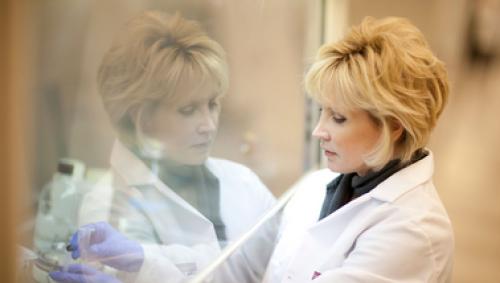 Dr. Cheryl Nickerson
Dr. Cheryl NickersonThis experiment is a first of a kind study of the interactions of germs and host organisms in real time while in microgravity. By analyzing video downlinked from an experiment onboard the International Space Station and submitting their data to the Principle Investigator Dr. Cheryl Nickerson of the Biodesign Institute at Arizona State University, students will be engaged in real space-based research and work in support of NASA’s Human Space Exploration program.
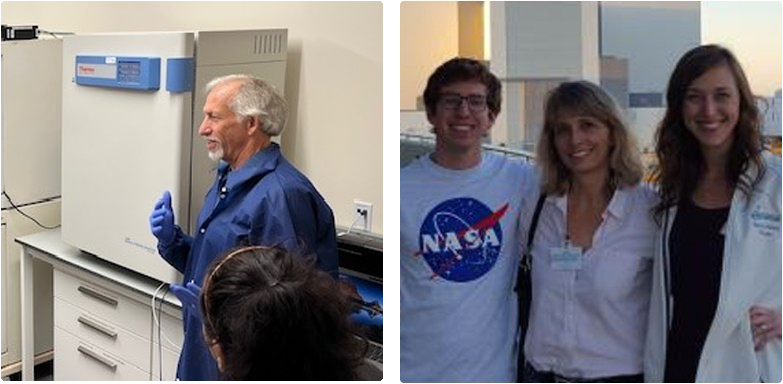
This tenth mission uses the plant species Brassica rapa or Wisconsin Fast Plants and is designed to shed light on the question, “How do plants react to microgravity in their early growth stages”. As humans continue to expand the duration of space flights and the distance travelled from Earth the need for sustainability in space becomes essential.
This investigation is designed to have students discover how the phototropic and gravitropic responses of plants grown in a space-based experiment onboard the International Space Station compare with those of plants grown in an earth-based control experiment.
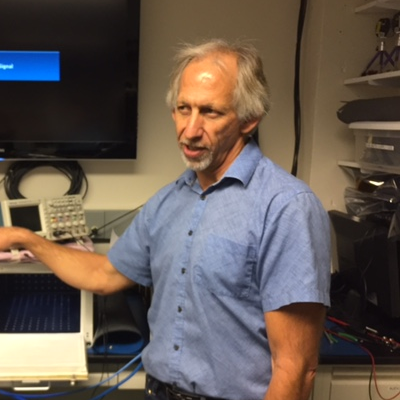 Dr. Louis Stodieck
Dr. Louis StodieckThis space-based research project gathers data about the interaction and movements of the fruit fly Drosophila melanogaster and the orb weaving spider Nephila clavipesliving in the same habitat while onboard the International Space Station (ISS).
The investigation focuses on the spiders and is designed to study the differences between webs spun in the space-based experiment and the earth-based control experiment. Students will be asked to do a variety of activities including measurement of the growth of the spider and observing and recording the web spinning process in microgravity.
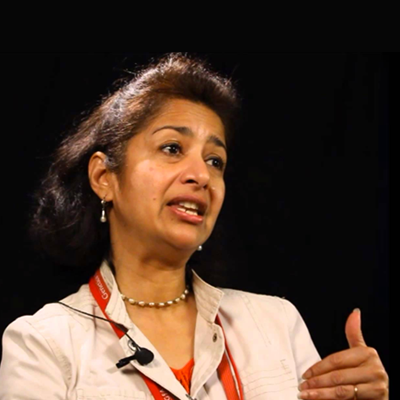 Dr. Sharmila Bhattacharya
Dr. Sharmila BhattacharyaThis virtual mission “Fruit Flies in Space” was part of the payload on NASA’s STS 134 flight. It is a biology based mission which focuses on the Fruit Fly Drosophila melanogaster and uses actual photographs, video and data downlinked from the International Space Station.
The mission is designed to have students support the work of NASA scientist Dr. Sharmila Bhattacharya, Head of the Biomodel Performance and Behavior Laboratory at NASA Ames Research Center, as she studies the effects of microgravity on the development, behavior and movement of this organism.
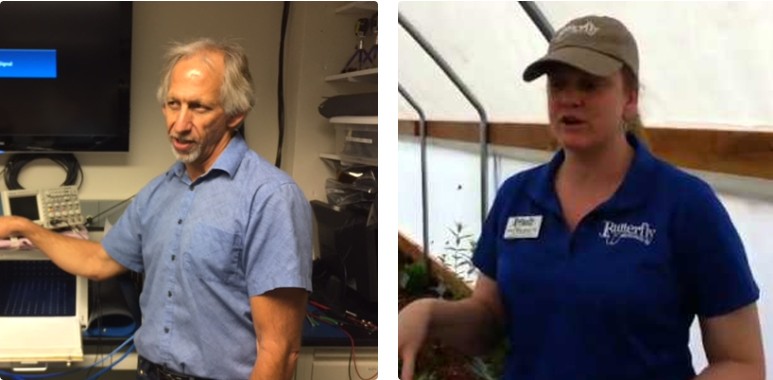 Dr. Louis Stodieck, Mary Ann Hamilton
Dr. Louis Stodieck, Mary Ann HamiltonLaunched to the International Space Station aboard NASA’s mission STS-129, this activity focuses on the ability of “Painted Lady Butterflies”, Vanessa cardui to “pupate” in microgravity.
This activity supports the research of the Butterfly Pavilion at Westminster, CO. Students construct a butterfly habitat in the classroom mimicking the structure and conditions of the “in-flight” habitat aboard the International Space Station.
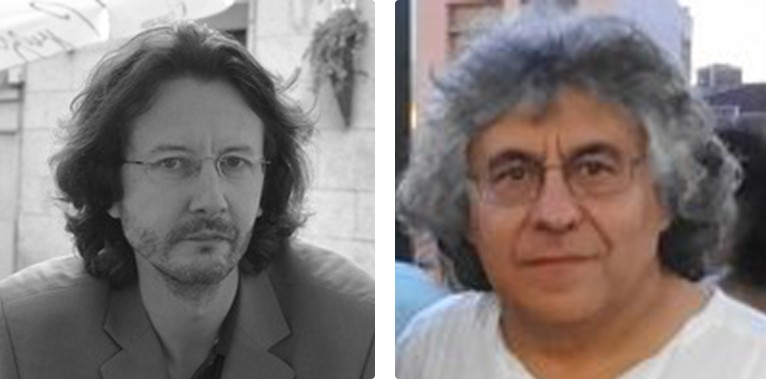 Dr. Julyan Cartwright, Dr. C. Ignacio Sainz Diaz
Dr. Julyan Cartwright, Dr. C. Ignacio Sainz DiazOrion’s Quest “Silicate Gardens in Space” virtual mission is a chemistry-based research study in support of the work of crystallographers Dr. Julyan Cartwright and Dr. C. Ignacio Sainz Diaz at the Laboratory for the Study of Crystallography in Granada, Spain.
This investigation combines two experiments that were part of the payloads of NASA’s space shuttle Endeavour missions STS-118 and STS-123. Both flights delivered their experiments to the International Space Station (ISS).